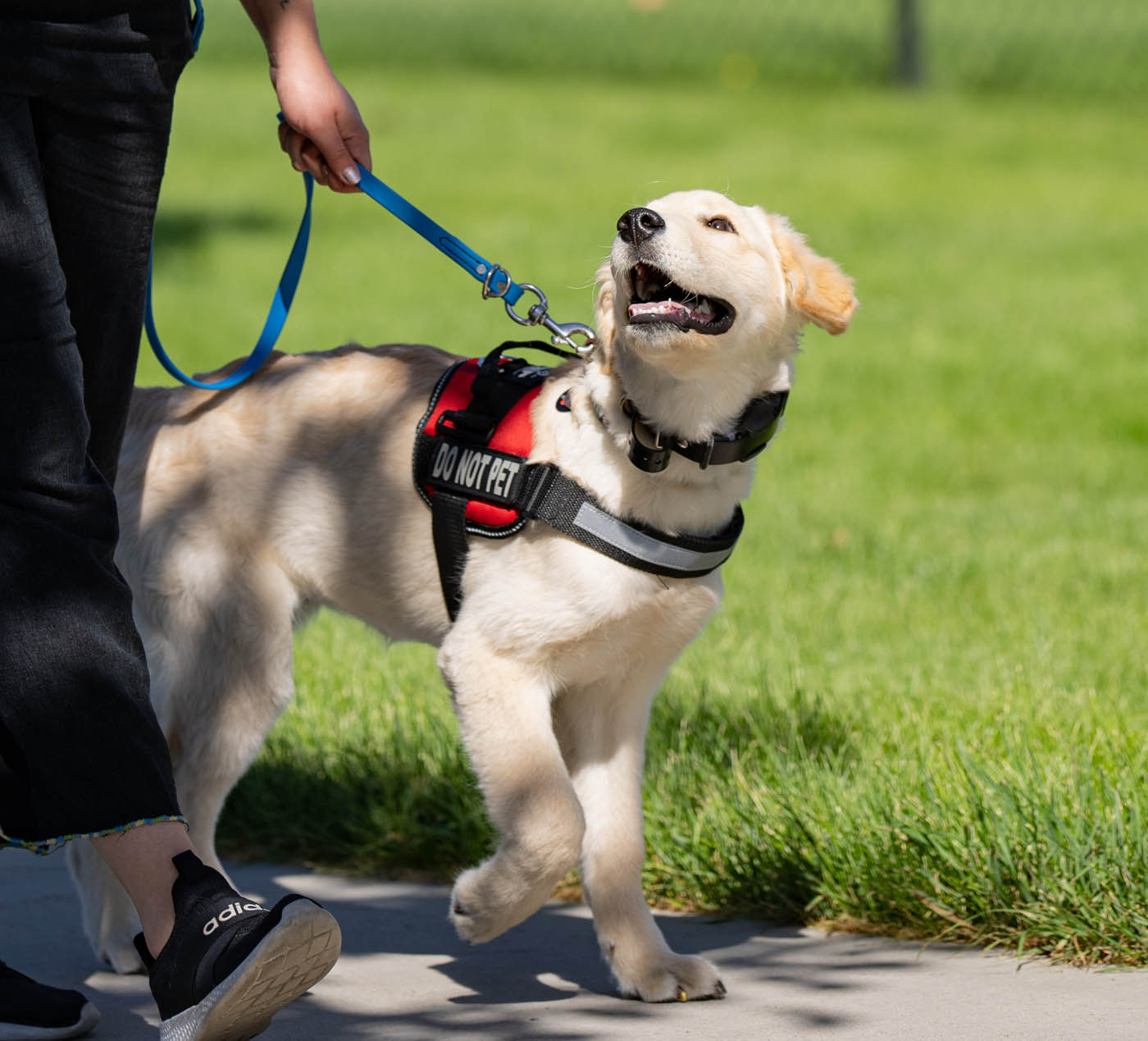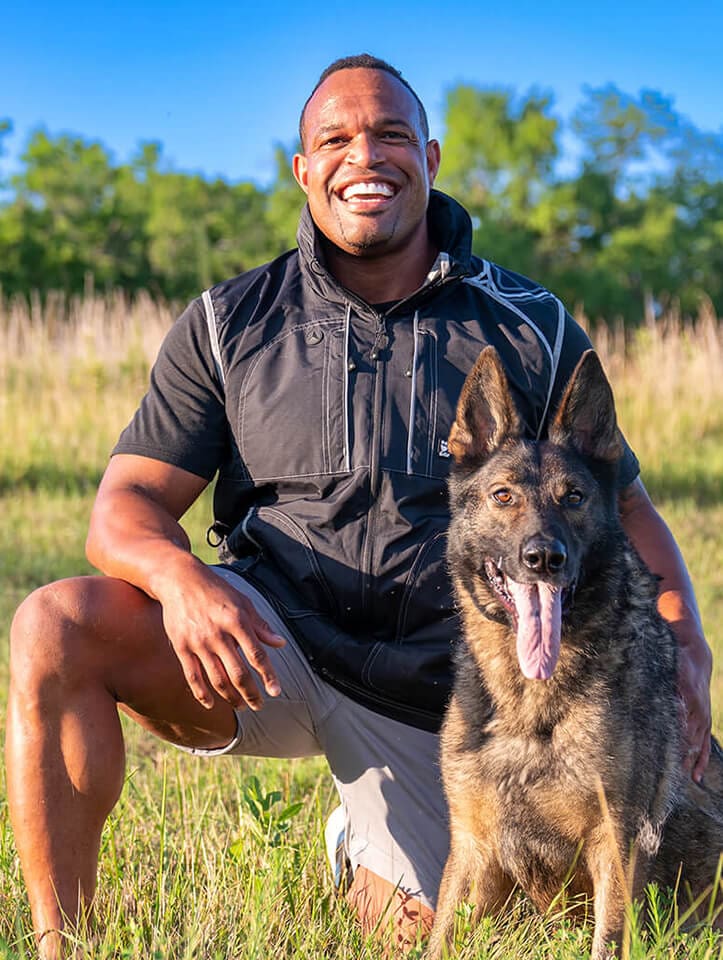The Ultimate Overview to Canine Training: Change Your Animal's Habits
Efficient pet training is vital for promoting an unified connection between animals and their proprietors. This guide not just aims to outfit you with the required tools to transform your pet dog's behavior but likewise welcomes you to check out exactly how these foundational ideas can lead to a much deeper link with your pet.
Understanding Canine Actions
Recognizing pet dog behavior is necessary for efficient training and a harmonious partnership between pet dogs and their proprietors. A canine's actions is affected by a mix of genes, environment, and experiences. Dog training. Acknowledging these factors enables owners to customize their training approaches to meet the specific requirements of their pet dogs
Canines connect mainly via body movement, vocalizations, and facial expressions. A wagging tail can suggest excitement or joy, while a put tail might signify fear or entry. Observing these cues enables owners to respond properly, enhancing positive behaviors and resolving negative ones efficiently.
Furthermore, recognizing the social structure of pets can offer understandings into their behavior. Canines are pack pets, and they grow in a structured environment. Developing clear limits and consistent policies can protect against confusion and promote a feeling of safety.
Additionally, acknowledging the all-natural impulses of dogs, such as the impulse to dig or chase after, is vital. These impulses can be rerouted through appropriate electrical outlets, such as play or exercise. By thoroughly comprehending these behavioral aspects, owners can foster a positive training experience, eventually causing a well-adjusted and loyal canine buddy.
Necessary Training Methods
Effective dog training relies on a variety of necessary strategies that can substantially boost the understanding process for both the proprietor and the dog. One essential technique is positive support, which entails satisfying preferable actions with deals with, praise, or playtime. This method encourages pet dogs to duplicate the behaviors that result in favorable outcomes, cultivating a relying on partnership in between the animal and proprietor.
An additional trick technique is uniformity in commands and assumptions. Utilizing the very same verbal hints and hand signals helps the pet understand what is needed, minimizing confusion and promoting quicker understanding. In addition, establishing clear boundaries and regulations is essential for reliable communication.
Socializing is additionally a vital element of training. Subjecting dogs to various atmospheres, people, and other animals helps them develop proper social skills and lowers anxiousness in strange situations.
Last but not least, perseverance and timing are crucial. Educating sessions should be short but constant, guaranteeing that the canine stays involved and receptive. By utilizing these crucial techniques, owners can create a positive and organized training experience that advertises excellent behavior and enhances the bond with their canine companions.
Producing a Training Arrange
How can a well-structured training routine boost a dog's learning experience? A training routine supplies consistency, ensuring that dogs obtain regular, focused instruction. This predictability aids pet dogs understand what is anticipated of them, reinforcing their discovering and permitting better retention of habits and commands.
When creating a training routine, it is necessary to consider the pet's age, breed, and specific temperament. Young young puppies might take advantage of much shorter, extra frequent sessions, while grown-up dogs may thrive with longer, much less frequent training periods. Including a range of tasks can likewise keep the sessions involving, stopping boredom and advertising enthusiasm for learning.
Furthermore, scheduling training sessions at specific times of the day can help solidify a regimen. As an example, matching training with day-to-day walks or playtime can produce a positive organization with learning. It is also critical to consist of time for support, such as deals with or appreciation, to compensate preferred habits immediately.
Lastly, flexibility is key. While consistency is important, being adaptable to the pet's mood or power level can improve their discovering experience. A well-crafted training timetable inevitably lays the foundation for efficient communication and a more powerful bond between the dog and owner.
Usual Training Obstacles
Despite having a well-structured training timetable, pet proprietors commonly come across numerous difficulties throughout the training procedure. One common problem is incongruity in commands and signs. When several family participants utilize various terms or tones, a pet dog may become overwhelmed, impeding its ability to find out successfully.
Another constant obstacle is diversion. page Dog training. Canines are normally curious creatures, and exterior stimulations such as various other animals, sounds, or individuals can divert their attention throughout training sessions. This requires owners to develop a controlled setting or slowly present disturbances to strengthen emphasis
Furthermore, varying power levels can influence training outcomes. High-energy pets go to website may struggle to calm down and focus, while extra laid-back breeds might need added motivation to engage. Customizing the training technique to fit the private pet dog's character is important for success.

Structure a Solid Bond
A strong bond in between a pet and its proprietor is essential for successful training and overall well-being. Dog training. This connection promotes depend on, which is crucial for efficient communication during the training process. When a canine really feels connected and secure to its owner, it is more most likely to react favorably to cues and commands
To build this bond, consistency is key. Establishing a routine that consists of regular feeding, exercise, and training sessions aids produce a feeling of stability. Furthermore, favorable support strategies, such as deals with, appreciation, and play, reinforce wanted habits while enhancing the psychological connection.
Socialization is an additional essential element of bond-building. Exposing your pet to different atmospheres, individuals, and other animals helps them feel a lot more comfortable and confident, enhancing the bond with their proprietor. Taking part in activities together, such as walking, playing fetch, or joining obedience training, advertises synergy and shared pleasure.
Final Thought

Understanding pet dog behavior is important for effective training and a harmonious partnership in between canines and their owners.Efficient canine training relies on a selection of crucial strategies that can dramatically enhance the discovering procedure for both the dog and the proprietor.Regardless of having a well-structured training routine, pet proprietors frequently encounter different challenges during the training process.In verdict, efficient canine training depends on a detailed understanding of canine habits, the application of crucial techniques, and the establishment of a structured training schedule. By stressing favorable support and uniformity, pet owners can significantly enhance their pet dogs' habits, ultimately ensuring a harmonious connection and advertising the well-being of both the canine and its setting.